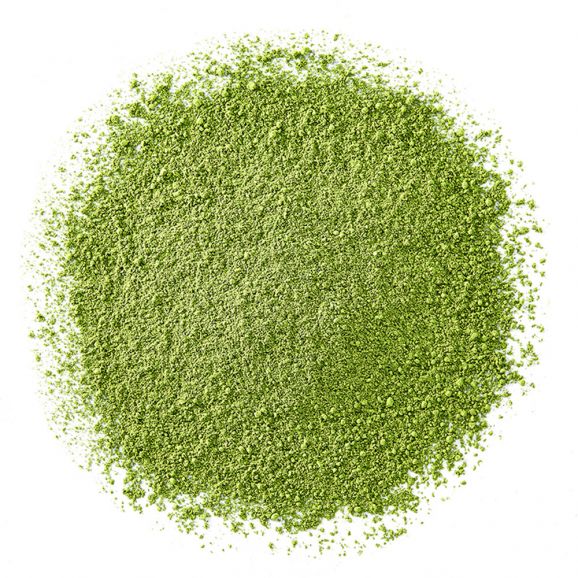Description
Matcha:
In the 12th century, the Buddhist monk Eisai brought tea seeds back from a journey to China; these were planted in different regions of Japan. At the time, tea was prepared by grinding it to a fine powder, called Matcha, then beating it in a bowl. This tea remained the privilege of the nobility for a long time, before it gradually became popularised, and today it is the central pillar of the Japanese Zen philosophy and aesthetic, through the Cha No Yu ceremony.
Matcha is made using tencha leaves which, instead of being shaped into needles like Gyokuro, are ground to a fine powder that has a beautiful jade colour.
For the Cha No Yu, two types of Matcha are used:
- Usucha, the most widely used, made from leaves plucked from young tea plants, which produces a light tea.
- Koicha, made from leaves plucked from tea plants that are at least 30 years old, which produces a strong tea.
Very delicate and refined, this top quality matcha has a velvety, mellow texture and a sweet, smooth fragrance.
Plucked from tea plants that are more than 30 years old, it is processed specially for making Koicha (the thick tea drunk during the tea ceremony). The liquor has a very pleasant and intense aroma.
What is Koicha?
Koicha is prepared and consumed almost exclusively during the Japanese tea ceremony, the Cha No Yu. The ceremony starts with a light dish – Kaiseki – then after a short pause, continues with Goza Iri, the central part of the ceremony, during which a thick tea (Koicha) is served first, followed by a light tea (Usucha).
The difference between Koicha and Usucha:
- Koicha is much thicker than Usucha (light tea), and has a consistency similar to runny honey.
- It is smoother and sweeter than Usucha.
- Koicha is usually made using a more expensive Matcha (of a grade designated for tea ceremonies) than the one used to make Usucha.
- Two preparation methods are used, which differ in terms of the amount of tea, the quantity of water, and the whisking (see below).
Compared with Seijo no Shiro, which is ideal for making Usucha, Meiju is a thicker, more concentrated Matcha. It has a more complex structure and is less astringent in the mouth.
Suggestion of preparation
How to make Koicha and Usucha
Koïcha :
- Warm the bowl: Pour hot water into the bowl to roughly a third of its volume, then dip just the prongs of the whisk in the water (chasen). When the bowl is warm enough, tip out the water and dry the bowl with a clean towel.
- Place 3 to 4 spoons of matcha (around 3g) in the bowl, using the bamboo spoon. You are strongly advised to sieve the matcha powder finely before placing it in the bowl.
- Pour around 40 ml hot water (65-75°C / 140-150°F) in the bowl – just enough to cover the Matcha powder.
- Unlike Usucha, Koicha must NOT have a foamy consistency. You must therefore not beat it too vigorously or rapidly. Mix slowly, stirring with the whisk in a clockwise direction. You should obtain a tea with a thicker, smoother consistency than Usucha.
Usucha :
- Warm the bowl: Pour hot water into the bowl to roughly a third of its volume, then dip just the prongs of the whisk in the water (chasen). When the bowl is warm enough, tip out the water and dry the bowl with a clean towel.
- Place 2 spoons of matcha (around 1g) in the bowl, using the bamboo spoon. It is best to sieve the powder first to eliminate lumps.
- Pour around 70 ml hot water (65-75°C / 150-170°F) into the bowl.
- Hold the bowl in one hand and, with the other, beat the mixture sharply with a whisk, in a “w” shape, until it forms a smooth foam. The Matcha is now ready to drink.
Grands Crus: savour the exceptional
Rare and ephemeral, teas identified as Grands Crus by Palais des Thés are the result of alchemy between a tea plant variety, its terroir and the talent of an artisan grower. Meticulously plucked, processed and sourced in the most respected tea gardens, our Grands Crus unveil unique flavours that reflect the refinement of their origins.

